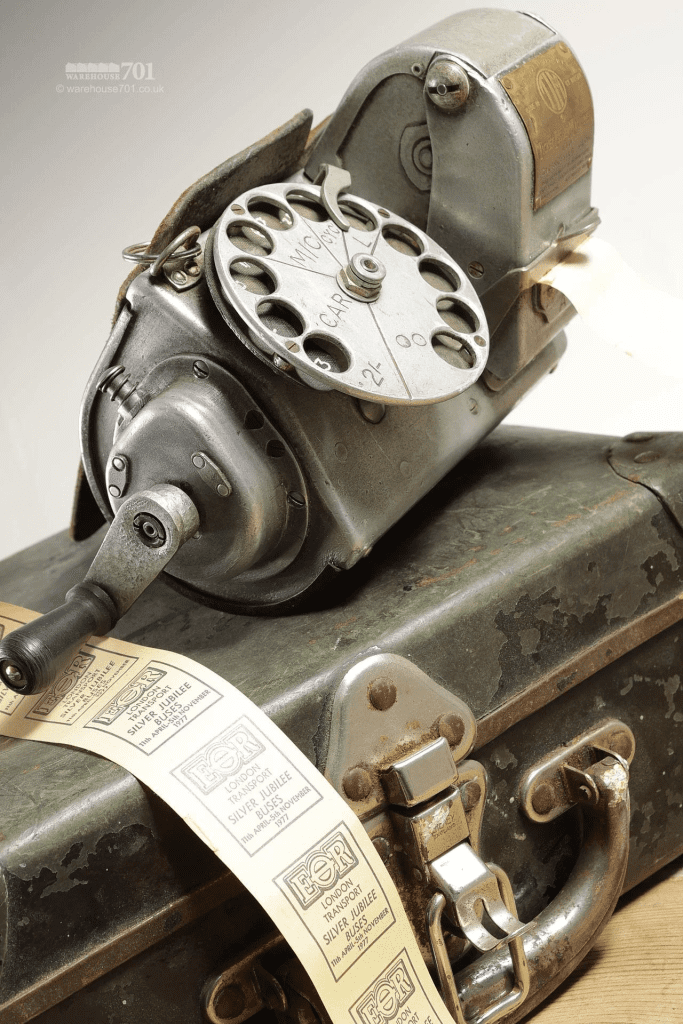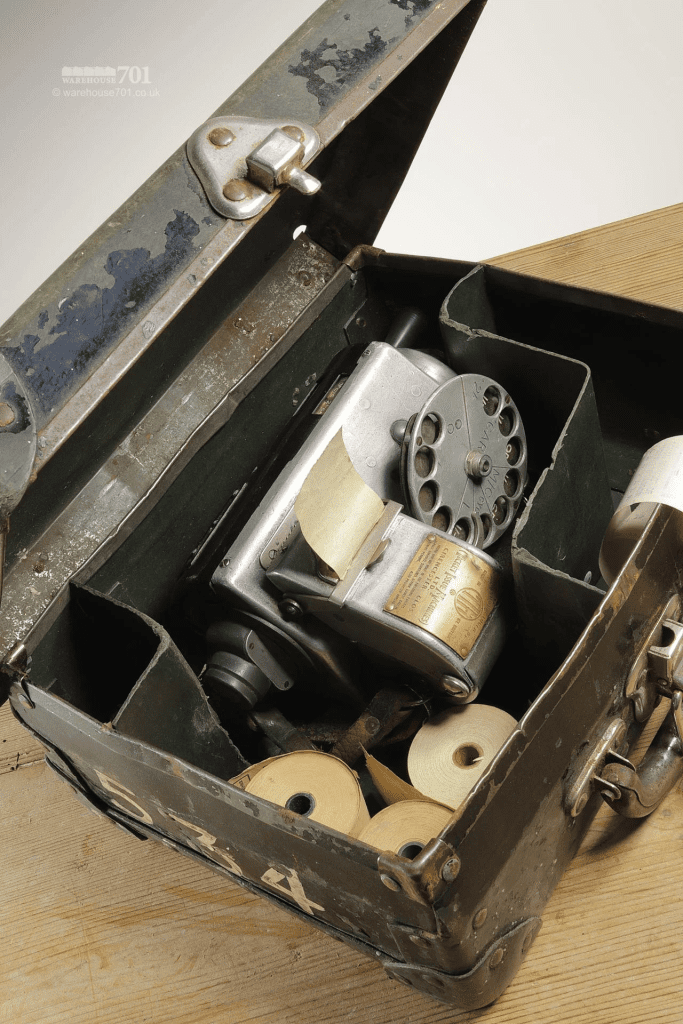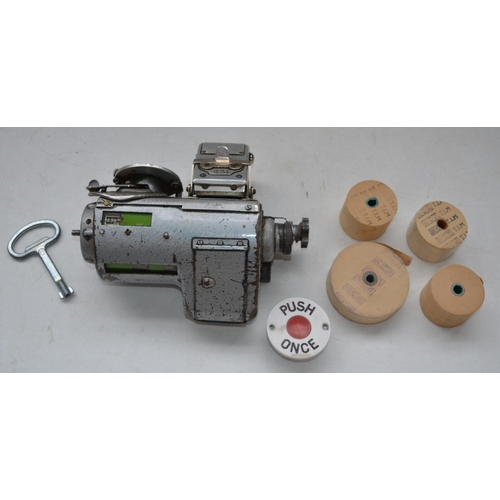A Blast from the Past: Recognizing an Iconic Object
If you recognize this device, congratulations—you’ve just unlocked a piece of transportation history! The vintage bus conductor’s ticket machine was once an essential tool for public transport conductors worldwide, ensuring smooth transactions and efficient ticketing before the digital revolution took over.
For those who rode buses in the mid-20th century, this machine was a familiar sight, strapped to the waist of conductors who punched tickets with precision and speed. Today, it’s a nostalgic artifact, a reminder of simpler times when human interaction was a key part of the commuting experience. But what was its story, and why does it still hold a special place in the hearts of those who remember it?

What Was the Bus Conductor’s Ticket Machine?
Long before automated systems and contactless payments, bus travel relied on conductors—employees who collected fares and issued tickets to passengers. To streamline the process, they carried mechanical ticket machines, which allowed them to print, tear, and distribute tickets in seconds.
These devices were often:
- Metallic and rugged, built to endure daily use
- Compact and portable, worn on a strap around the conductor’s neck or attached to a belt
- Manually operated, using a rotating dial to select fare prices and a lever to print tickets
Depending on the era and location, different models of ticket machines were in circulation, including those made by Setright, Bell Punch, and Almex—each with its own unique mechanism.
How Did It Work?
Using one of these machines was a straightforward but skillful task. Here’s how conductors used them:
- Select the fare – The conductor adjusted a dial or lever to set the price based on the passenger’s destination.
- Print the ticket – A quick pull of the lever stamped or printed the fare onto a thin paper ticket.
- Tear and distribute – The ticket was torn from the machine and handed to the passenger as proof of payment.
- Collect fares – Passengers paid in cash, and the conductor made change from a belt pouch or a money bag.
This process repeated hundreds of times a day, requiring speed, accuracy, and an engaging attitude, as conductors often chatted with passengers while working.

A Look Back at the Bus Conductor Era
The role of a bus conductor was more than just issuing tickets—they were the lifeline of public transportation. They assisted passengers, maintained order, and ensured smooth journeys. During peak hours, their efficiency kept buses moving, reducing delays and confusion.
For many people, the presence of a friendly, well-dressed conductor brought comfort to their daily commute. They played a crucial role in cities, towns, and even rural areas where public transport was the primary mode of travel.
In the 1950s, 60s, and 70s, when buses were often double-deckers, conductors were especially necessary. While the driver focused on the road, the conductor moved through the vehicle, collecting fares and making sure passengers got on and off safely.

The Decline of the Ticket Machine and the Rise of Automation
By the late 20th century, technology began to replace the need for conductors. Automated fare collection systems and self-service ticket machines eliminated the need for a separate ticketing process.
Some major factors that led to the decline of the bus conductor’s ticket machine included:
- Driver-only operation – Modern buses were designed for one-person operation, where drivers also collected fares.
- Digital advancements – Magnetic stripe cards, electronic ticketing, and smart card systems made manual ticketing obsolete.
- Cost-cutting measures – Transport companies sought to reduce labor costs by eliminating conductor positions.
By the 1990s, most cities had phased out conductors entirely, and the once-ubiquitous ticket machine became a relic of the past.
Why Vintage Ticket Machines Are Still Treasured Today
Even though they are no longer in use, these machines hold a special place in the hearts of those who remember them. They represent an era when bus travel was personal, and conductors were an integral part of the experience.
Today, vintage bus conductor’s ticket machines are:
- Collector’s items – Enthusiasts and transport historians seek them out as memorabilia.
- Museum exhibits – Many transport museums showcase these machines as part of public transit history.
- Nostalgic pieces – Former bus conductors and passengers cherish them as symbols of a bygone time.
For those who grew up in an era when these machines were in use, just the sight of one brings back memories of school trips, daily commutes, and the jingling sound of coins as fares were collected.

Final Thoughts
The vintage bus conductor’s ticket machine is more than just an old piece of equipment—it’s a symbol of a lost era in public transportation. It reminds us of the days when human interaction played a key role in travel, and conductors made each journey smoother and more enjoyable.
While modern systems have brought convenience, they have also removed some of the charm and personal connection that came with old-fashioned bus travel. If you ever come across one of these machines, take a moment to appreciate its history—it’s a tangible piece of the past, a chapter in the story of how the world once moved.